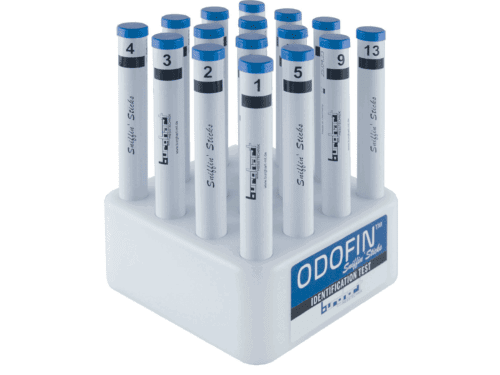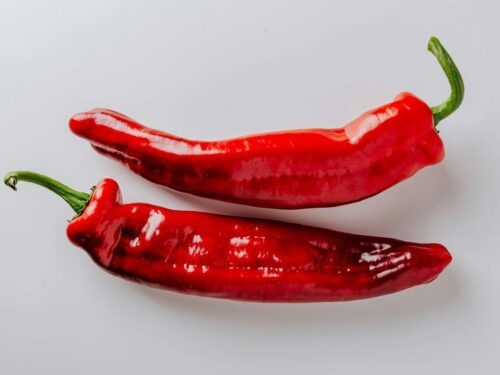Androstenone is one of the most fascinating—and polarizing—compounds in the world of scent. Found in human sweat, saliva, and urine, as well as in pigs, this steroidal pheromone has been studied for its potential role in attraction, mood, and social signaling. For some, it’s an alluring aroma; for others, it’s downright offensive. But what exactly is androstenone, and why does it evoke such varied responses?
What is androstenone?
Androstenone is a steroidal pheromone derived from testosterone and found in both men and women, though it’s more concentrated in males. Scientifically, it’s classified as a derivative of androstenes—a group of molecules that play roles in scent signaling in animals and potentially humans.
In the animal kingdom, androstenone is best known for its role in pigs, where it signals sexual readiness in males and stimulates mating behavior in females. In humans, its role is less clear but remains a topic of fascination and study.
Read more in the following article about the scents of androstenone in humans: https://pmc.ncbi.nlm.nih.gov/articles/PMC1664751/
The polarizing smell of androstenone
One of the most intriguing aspects of androstenone is how differently people perceive its scent. For some, it smells musky and pleasant, reminiscent of wood or flowers. For others, it’s harsh and unpleasant, evoking comparisons to sweat or urine. And then there’s a third group—those who can’t detect it at all due to specific anosmia (in this case the inability to sense 5-α-androst-16-en-3-one (androstenone)).
This variation in perception is believed to be genetic, tied to differences in olfactory receptors. The gene OR7D4, in particular, has been identified as influencing how androstenone is experienced. Depending on your genetic makeup, this compound could be a fragrant attraction—or a stinky repellent.
Androstenone and attraction
Much of the interest in androstenone stems from its potential role in attraction and human interaction. Some studies suggest it may function as a subtle social signal, possibly influencing how individuals are perceived. For instance:
- Confidence and Dominance: Higher levels of androstenone in men have been associated with perceptions of dominance, which can be attractive to some but intimidating to others.
- Sexual Attraction: Some researchers propose that androstenone might subconsciously signal reproductive fitness, though its effects are highly context-dependent.
- Cultural and Environmental Factors: Interestingly, cultural attitudes and exposure to certain smells can also influence how androstenone is perceived. What smells unpleasant in one culture might be neutral or even appealing in another.
Androstenone in everyday Life
Androstenone isn’t just a biological curiosity—it’s made its way into the commercial world. Some perfumes and colognes incorporate synthetic androstenone, marketing it as a “pheromone” to boost attractiveness. However, the effectiveness of such products is debated, as attraction involves a complex interplay of physical, emotional, and environmental factors.
Beyond personal care products, androstenone has practical implications. In the pork industry, for instance, the compound contributes to “boar taint,” an odor that some people find unpleasant in uncastrated male pigs. Managing androstenone levels is crucial for ensuring meat quality.
The science of androstenone: Myth vs. reality
While androstenone’s effects on human behavior are intriguing, it’s essential to approach claims about its influence with skepticism. Many studies have shown that human responses to androstenone are subtle, varying widely based on individual sensitivity, context, and cultural background.
Moreover, attraction is rarely driven by a single factor. While androstenone may play a role in social signaling, it’s just one piece of a much larger puzzle that includes body language, appearance, and personality.







